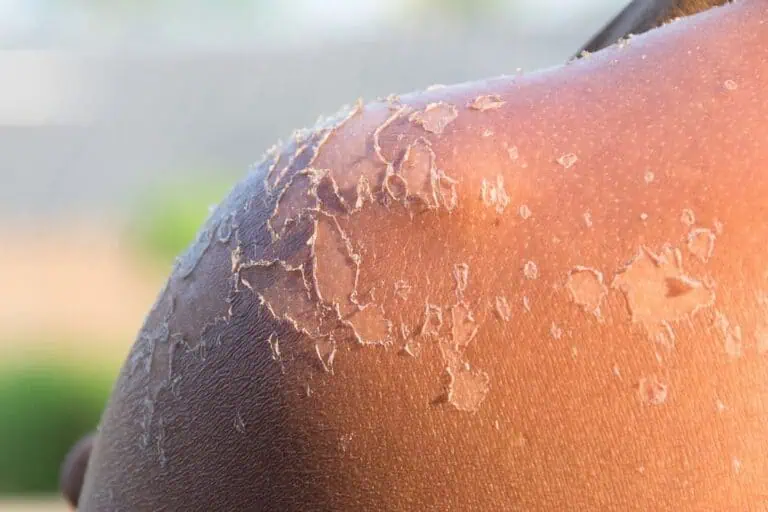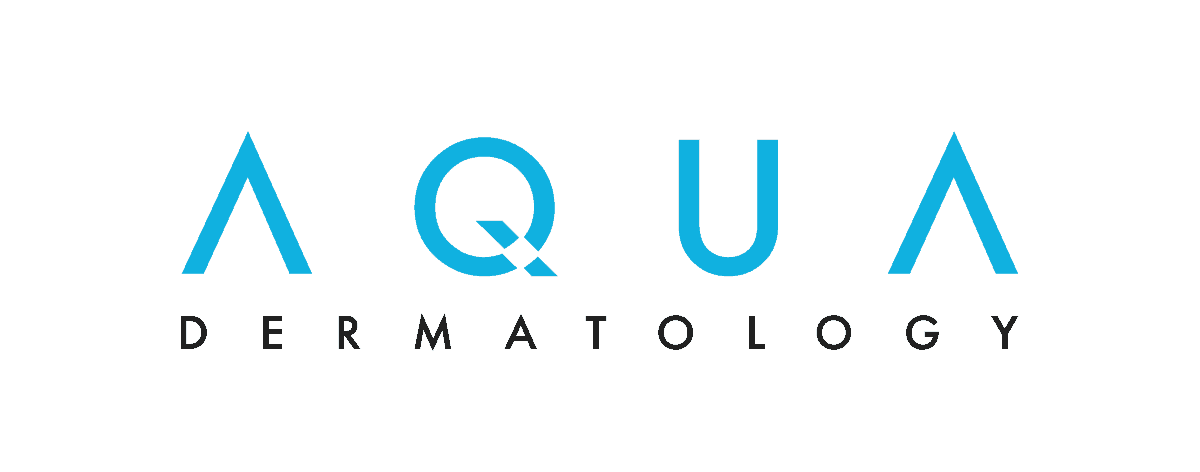Sunburn Peeling: What It Means and What to Do About It

You got scorched by the sun, and now that the sunburn has faded, you’re facing the less-than-attractive after effects: peeling skin. If you’re wondering how to get rid of peeling skin from a sunburn, the answer is simple: don’t.
“Pulling off the dead skin is counterproductive, as is any form of exfoliation,” said Stacy Chimento, MD, a board-certified dermatologist at Riverchase Dermatology.
Granted, leaving it alone may be easier said than done. For certain folks, peeling off skin after a sunburn is deeply satisfying in ways that are hard to explain. For others, it’s more of a mindless habit, like biting your nails or cracking your knuckles. Some people rip off the dead skin just to be rid of it or because they think they’re doing their skin a favor.
The temptation increases when dried-out edges rise up like so many pull tabs, all but inviting you to grab and yank. But understanding what you’re really doing when you peel sunburned skin might help you stop.
Why does skin peel after a sunburn?
If your skin is peeling from a sunburn, it means your body is ridding itself of cells that have been critically damaged by UV rays. The damage may include DNA mutations that could eventually lead to skin cancer.
What happens when you peel sunburned skin?
Before they fall off on their own, the dead skin cells serve a purpose: protecting the damaged but still-living skin underneath.
“When you pull off or otherwise exfoliate dead skin before it’s ready to come off, you expose the very tender skin beneath it, which is still healing,” said Dr. Chimento. That can prolong the healing process. Because the unhealed skin is less able to fight off bacteria, it can even lead to an infection.
It’s best to let the dead skin shed naturally to allow new, healthy skin to form.
How to treat peeling skin from a sunburn
Now that you know the number one rule of dealing with peeling skin (leave it alone), what should you do while you wait for the dead cells to make their exit? Moisturize, moisturize, moisturize.
Slathering on moisturizer not only keeps the skin hydrated, it also helps restore the skin barrier, the top layer of skin under those dead cells. It may also help curb additional peeling. Another bonus: Emollients such as petrolatum, lanolin, mineral oil, glyceryl stearate and dimethicone, found in some moisturizers, soften the dead skin, making those “pop tops” less alluring. Ingredients such as soy and ceramides may help your skin heal faster.
Don’t apply petroleum jelly or an oil-based cream when your sunburn is fresh. These can trap the heat, prolonging the pain.
What is the best lotion for peeling skin after a sunburn?
The best lotion for peeling skin after a sunburn isn’t a lotion. Lotions contain a lot of water, so the skin dries out again quickly after you apply it. Instead of a lotion, use a thick cream or an ointment to seal in moisture. Choose a fragrance-free product to avoid skin irritation.
Creams Dr. Chimento recommends include:
- Cetaphil Soothing Gel Cream with Aloe
- Vanicream Moisturizing Cream
- Aveeno Restorative Skin Therapy Oat Repairing Cream
- Aquaphor Healing Ointment
Whatever product you apply, apply it gently — don’t try to sneak in some exfoliation through vigorous rubbing.
While you’re waiting for your skin to repair itself, keep it under wraps if you must go out in the sun.
How to prevent a sunburn from peeling
There’s no way to prevent a sunburn from peeling if the skin cells are damaged enough that they need to come off. That said, you might peel less if you limit the inflammation caused by the burn right after it happens. How?
“I’m a big fan of using anti-inflammatories after a severe burn,” said Dr. Chimento. “You can apply an over-the-counter hydrocortisone cream for up to a week to soothe the skin. You can also take aspirin, ibuprofen or naproxen for pain relief.” For a soothing hydrocortisone cream, Dr. Chimento likes Aveeno 1% Hydrocortisone Anti-Itch Cream.
Aloe vera gel is another good choice. Dr. Chimento’s pick: Sun Bum After Sun Cool Down Gel.
You can avoid peeling skin from a sunburn in the future by — you guessed it — avoiding the sunburn. Choose a sunscreen with an SPF of at least 30, apply it 20 minutes before sun exposure and don’t skimp. Reapply every two hours or immediately after swimming or sweating. If you tend to skip the sunscreen because it feels too greasy or it’s annoying to put on, find a sunscreen that works better for you.
Wearing sun protective clothing with an ultraviolet protection factor (UPF) of at least 30 is another smart option. Don’t want to invest in UPF tops or bottoms? Search your closet for dark or bright clothes made of dense (not loosely woven) fabric. To guesstimate how much sun protection a clothing item offers, hold it to the light. If you can see through it, it doesn’t offer much.
Medically reviewed by Stacy Chimento, MD
Written by Marianne Wait, an award-winning health and wellness writer based in New Jersey.


